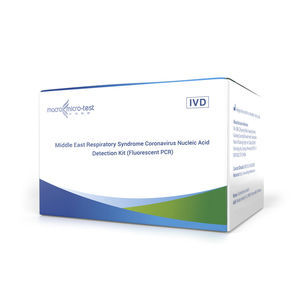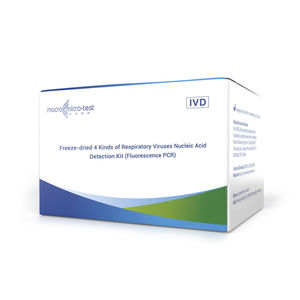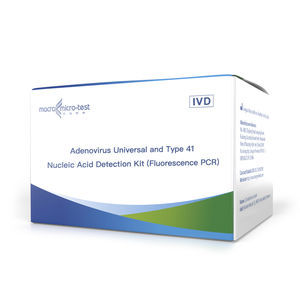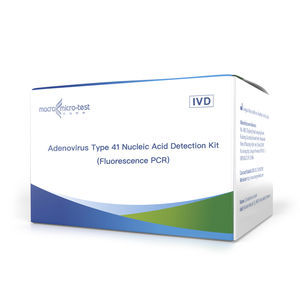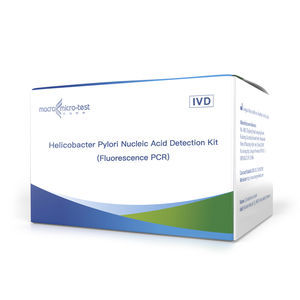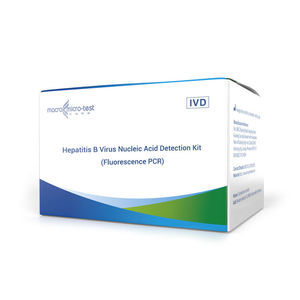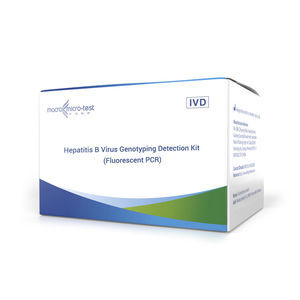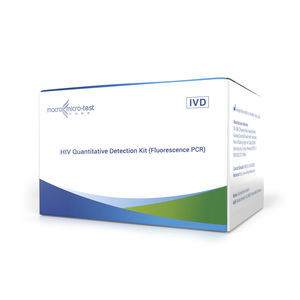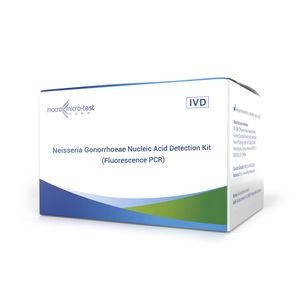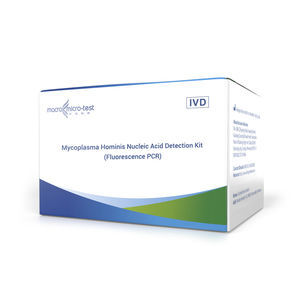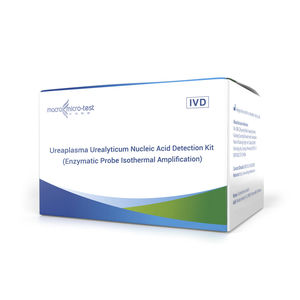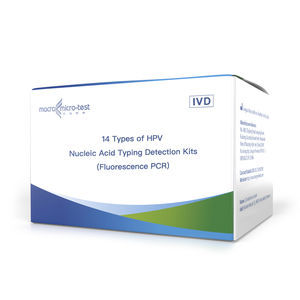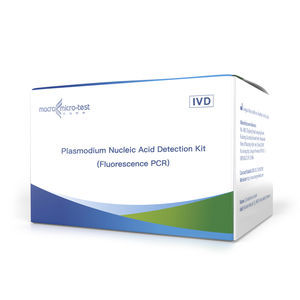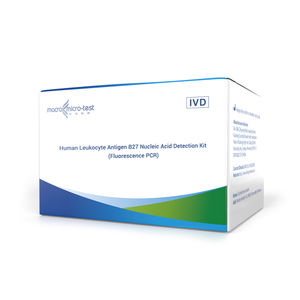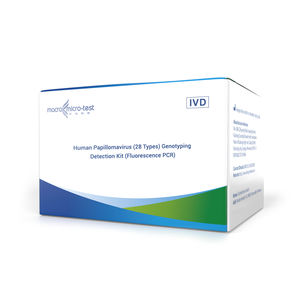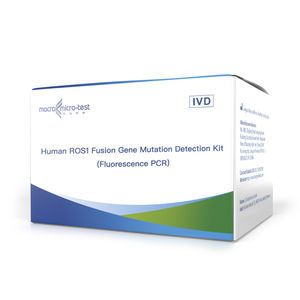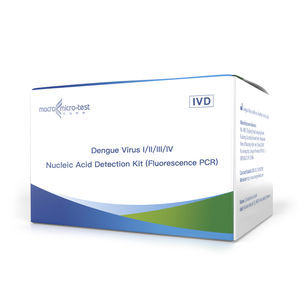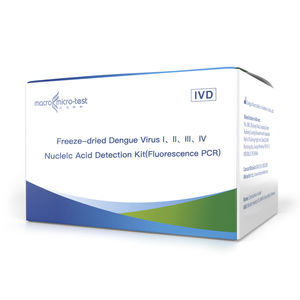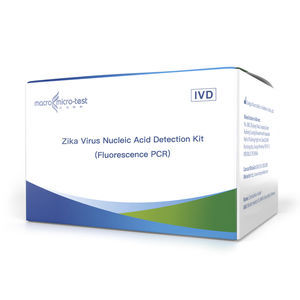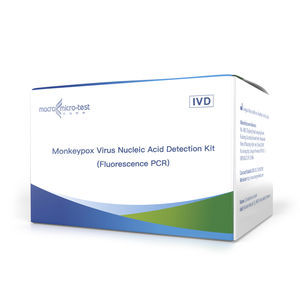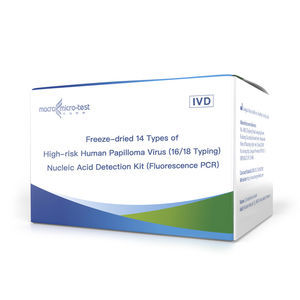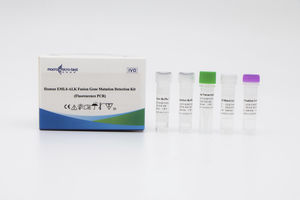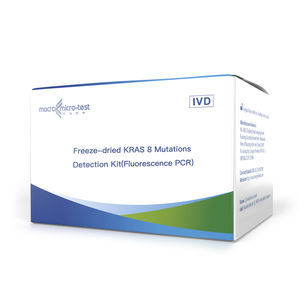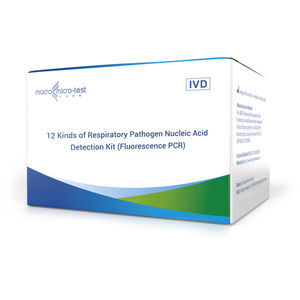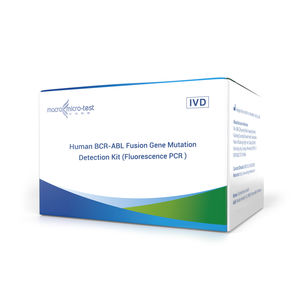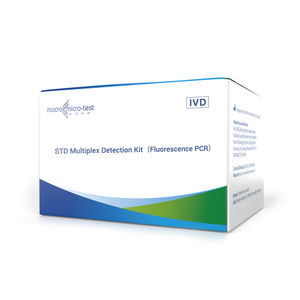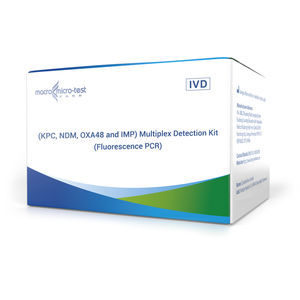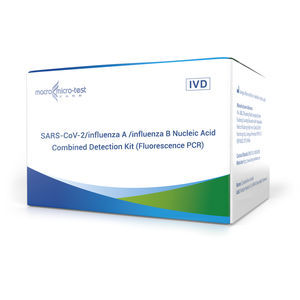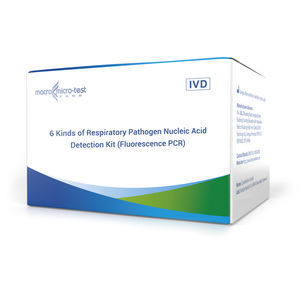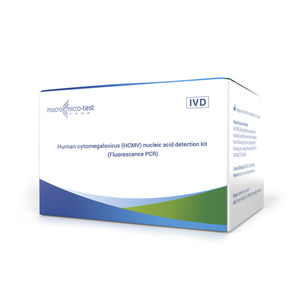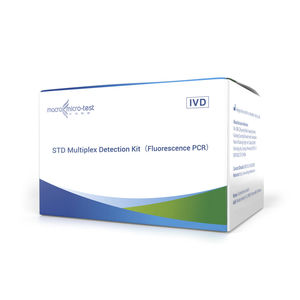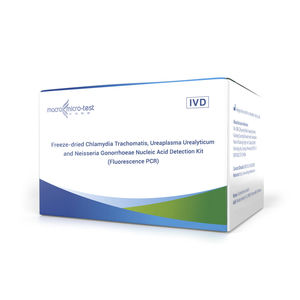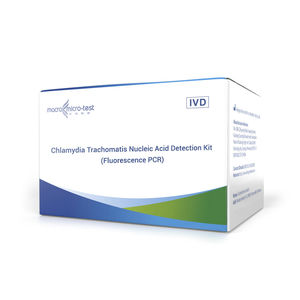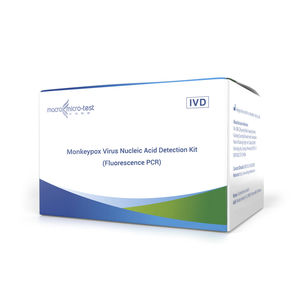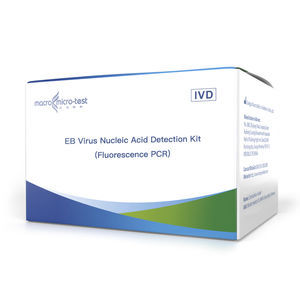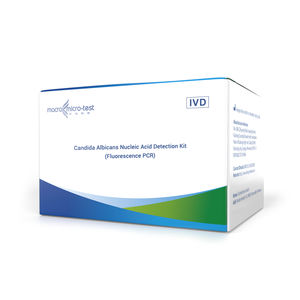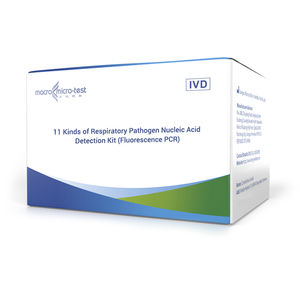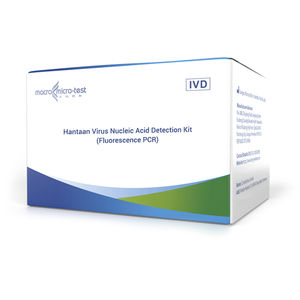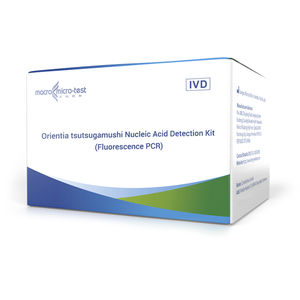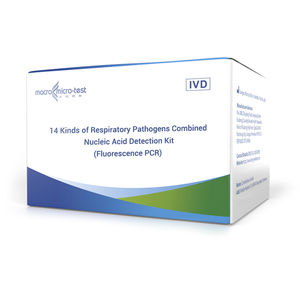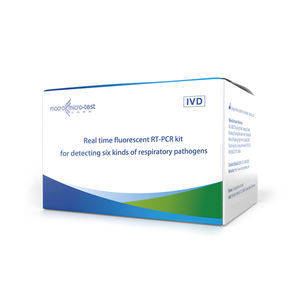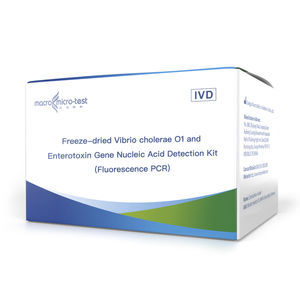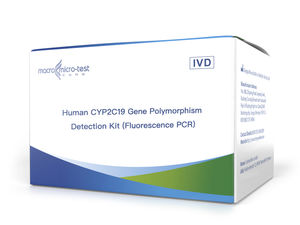
- Laboratory
- Laboratory medicine
- Hepatitis A test kit
- Jiangsu Macro micro-test Medical Technology

- Company
- Products
- Catalogs
- News & Trends
- Exhibitions
Infectious disease test kit HWTS-HP005hepatitis AHAVstool
Add to favorites
Compare this product
fo_shop_gate_exact_title
Characteristics
- Applications
- for infectious diseases, hepatitis A
- Micro-organism
- HAV
- Sample type
- stool, sputum
- Analysis mode
- for real-time PCR, fluorescence
- Result display time
Max.: 90 min
Min.: 60 min
Description
Epidemiology
Hepatitis A virus (HAV) is the main cause of acute viral hepatitis. The virus is a positive-sense single-stranded RNA virus and belongs to the Hepadnavirus genus of the family Picornaviridae. Hepatitis A virus, mainly transmitted by the fecal-oral route, resistant to heat, acids, and most organic solvents, can survive for a long time in shellfish, water, soil, or seabed sediments[1-3]. It is transmitted by having contaminated food or water, or directly it transmitted from person-to-person. Foods associated with HAV include oysters and clams, strawberries, raspberries, blueberries, dates, green leafy vegetables, and semi-dried tomatoes[4‒6].
Channel
FAM - HAV nucleic acid
ROX - Internal Control
Technical Parameters
Storage ≤-18℃
Shelf-life Liquid: 9 months, Lyophilized: 12 months
Specimen Type Serum/stool
Catalogs
No catalogs are available for this product.
See all of Jiangsu Macro micro-test Medical Technology‘s catalogsOther Jiangsu Macro micro-test Medical Technology products
FLUORESCENCE PCR
Related Searches
- Assay kit
- Solution reagent kit
- Blood assay kit
- Serum assay kit
- Immunoassay assay kit
- Plasma assay kit
- Infectious disease detection kit
- Blood rapid diagnostic test
- Diagnostic reagent kit
- Immunoassay rapid diagnostic test
- Cassette rapid diagnostic test
- Molecular test kit
- Virus rapid diagnostic test
- Serum rapid diagnostic test
- Whole blood detection kit
- Respiratory infection test kit
- Plasma rapid diagnostic test
- Infectious disease rapid diagnostic test
- Optical assay kit
- Clinical assay kit
*Prices are pre-tax. They exclude delivery charges and customs duties and do not include additional charges for installation or activation options. Prices are indicative only and may vary by country, with changes to the cost of raw materials and exchange rates.

